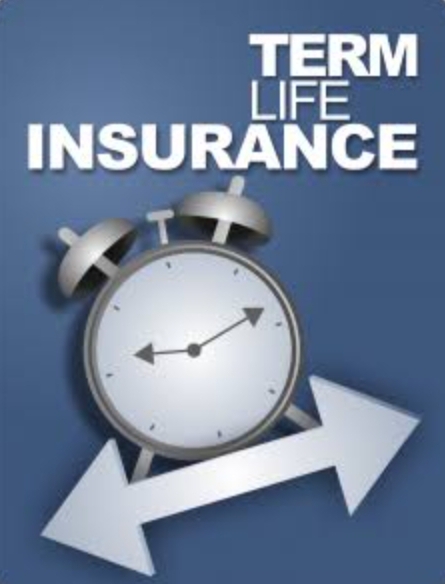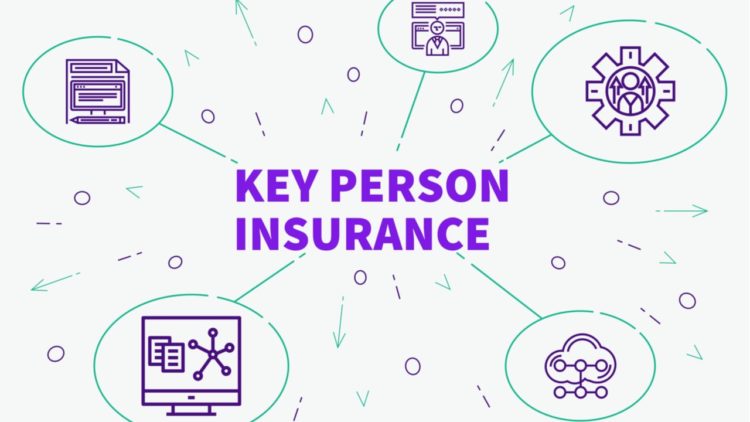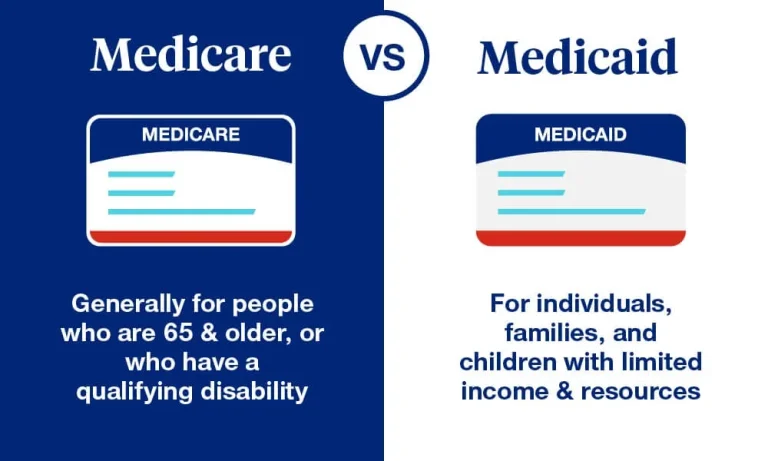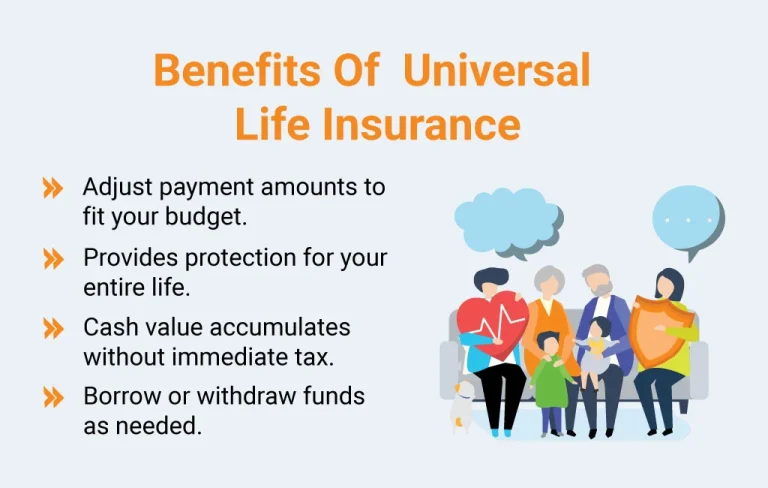Top Benefits of Term Life Insurance
Life insurance is an essential financial tool that helps protect your loved ones in case of an unexpected event. One of the most popular types of life insurance is term life insurance. Term life insurance provides coverage for a specified period (or term) and pays a death benefit to your beneficiaries if you pass away during that period. Unlike permanent life insurance policies, which offer lifelong coverage, term life insurance is typically more affordable and straightforward, making it an attractive option for many individuals and families.
In this article, we will explore the top benefits of term life insurance, discussing why it might be the right choice for you. We will also cover key features, how it works, and who should consider purchasing term life insurance.
What is Term Life Insurance?
Before diving into the benefits, let’s start by understanding what term life insurance is. Term life insurance provides a death benefit to your beneficiaries if you die during the term of the policy. The term can range from 1 to 30 years, and during this period, you pay regular premiums. If you pass away within the term, your beneficiaries will receive the death benefit.
Term life insurance is a temporary form of life insurance. It only lasts for a set period and does not build any cash value like whole life or universal life insurance policies. Once the term expires, you have the option to renew the policy, convert it to permanent insurance, or let it lapse.
Top Benefits of Term Life Insurance
1. Affordable Premiums
One of the primary benefits of term life insurance is its affordability. Because term life insurance is a temporary policy that doesn’t build cash value, it is generally much more affordable than permanent life insurance policies, such as whole life or universal life insurance. This makes it an excellent option for people on a budget who still want to ensure financial protection for their family.
The cost of term life insurance depends on factors such as your age, health, lifestyle, the coverage amount, and the term length. However, in most cases, the premiums are significantly lower compared to permanent life insurance policies.
For example, a healthy 30-year-old may pay a relatively low premium for a 20-year term policy with a coverage amount of $500,000, making term life insurance a budget-friendly option for families.
2. Flexibility in Term Length
Term life insurance offers flexibility when it comes to choosing the length of the policy. Common term lengths are 10, 20, or 30 years, but some insurers also offer shorter or longer terms. This flexibility allows you to match your coverage to your specific needs and life stage.
For example, if you have young children, you might opt for a 30-year term to ensure they are financially protected until they are adults. Alternatively, if you are in your 40s with a mortgage and children nearing adulthood, a 20-year term might be a better fit. The ability to choose a term length that aligns with your financial responsibilities makes term life insurance highly customizable.
3. Simplicity and Ease of Understanding
Unlike permanent life insurance policies, which can be complex and include various investment components, term life insurance is straightforward. It’s easy to understand and involves only two main elements: the death benefit and the policy term. With term life insurance, you don’t need to worry about managing investments or monitoring the policy’s cash value.
The simplicity of term life insurance makes it an attractive option for individuals who are new to life insurance or those who prefer a more basic and no-frills approach to coverage. The application process is also faster compared to permanent life insurance, which often requires more paperwork and a medical exam.
4. Coverage for Specific Financial Responsibilities
Term life insurance is ideal for individuals with specific financial obligations that will eventually end, such as a mortgage, child education expenses, or other long-term loans. Since term life insurance offers coverage for a set period, you can align your policy with the duration of your financial responsibilities.
For example, if you are paying off a mortgage that will be completed in 25 years, you could purchase a 25-year term life policy that would ensure your family is protected financially if something happens to you during that time. Once your mortgage is paid off, you may no longer need life insurance, and you can let the policy expire.
Term life insurance also provides coverage during your child-rearing years, ensuring that your children are financially supported in the event of your passing before they become financially independent.
5. Option to Convert to Permanent Coverage
Many term life insurance policies come with an option to convert the policy to permanent life insurance (like whole life or universal life insurance) before the term ends. This feature is beneficial if your circumstances change and you decide that you need lifelong coverage or want to build cash value within your policy.
For example, if you have term life insurance but later decide you want the additional benefits of a permanent policy, you may be able to convert your term policy into permanent insurance without needing to undergo a medical exam. This option provides peace of mind, especially if your health changes over time, and you may not qualify for permanent insurance at a later stage.
6. Death Benefit Payout
The main purpose of life insurance is to provide a death benefit to your beneficiaries in the event of your passing. Term life insurance ensures that your loved ones receive a lump sum payout if you die during the term of the policy. This payout can help cover essential expenses, such as funeral costs, mortgage payments, outstanding debts, and day-to-day living expenses.
The death benefit from a term life insurance policy can help your family maintain their standard of living after your passing. It offers crucial financial security and peace of mind for your loved ones during a difficult time.
7. No Need to Worry About Cash Value or Investments
One of the key differences between term life insurance and permanent life insurance is that term policies do not accumulate cash value. While some people may view this as a disadvantage, it can also be a benefit for those who don’t want to worry about managing investments or monitoring their policy’s cash value growth.
With term life insurance, you can focus solely on the death benefit and don’t have to think about how the policy’s cash value is growing or whether the investment options are performing well. This simplicity can be appealing for people who want affordable coverage without dealing with the complexities of permanent life insurance policies.
8. Ability to Reassess and Shop Around
Term life insurance policies typically have a fixed term with a predetermined coverage amount. Once the term expires, you may have the option to renew or purchase a new term life insurance policy. This allows you to reassess your life insurance needs based on your current situation.
For instance, as your children grow older and become financially independent, your life insurance needs may change. You may no longer need as much coverage, or you may want to reduce the term length. If your health improves or your financial situation changes, you may also choose to shop around for a better policy or better rates.
9. No Medical Exam for Some Policies
Some term life insurance policies may be available without a medical exam, making them more accessible to people who have health concerns or prefer a quicker application process. These types of policies typically have simplified underwriting, where you answer a few health questions instead of undergoing a full medical exam.
While the coverage amount for no-exam term life insurance policies may be lower than traditional term life policies, this option can be ideal for individuals who want fast approval or have difficulty getting approved for insurance due to health issues.
10. Provides Coverage During High-Risk Years
Term life insurance is particularly beneficial for individuals in high-risk years of life. For example, young parents or individuals in their 30s and 40s with mortgages, children, and other financial obligations are in high-risk years and may need insurance coverage to ensure their loved ones are taken care of if something happens to them unexpectedly.
By purchasing term life insurance, you can secure the financial future of your family during the years when you are most vulnerable, without committing to permanent insurance policies that may be more expensive.
Who Should Consider Term Life Insurance?
Term life insurance is an ideal choice for people who:
- Are looking for affordable coverage to protect their loved ones for a specific period.
- Have financial obligations (like a mortgage or children’s education) that will end at a certain time.
- Prefer simple and easy-to-understand life insurance coverage without the complexities of permanent insurance policies.
- Want flexible options to adjust the coverage amount or convert the policy to permanent insurance in the future.
Conclusion
Term life insurance is one of the most popular and accessible types of life insurance due to its affordability, simplicity, and flexibility. It is an excellent option for individuals and families who want to ensure their loved ones are financially protected in the event of an unexpected death, without committing to the higher premiums of permanent life insurance policies.
The benefits of term life insurance, such as its low cost, flexibility, and ease of use, make it an attractive option for people at various stages of life. By providing a death benefit that can help cover immediate financial responsibilities, term life insurance offers peace of mind and financial security to those you leave behind.
If you’re considering purchasing life insurance, term life insurance is a great option to explore. Be sure to evaluate your personal and financial needs, and consult with a financial advisor to determine the best coverage for you and your family.





